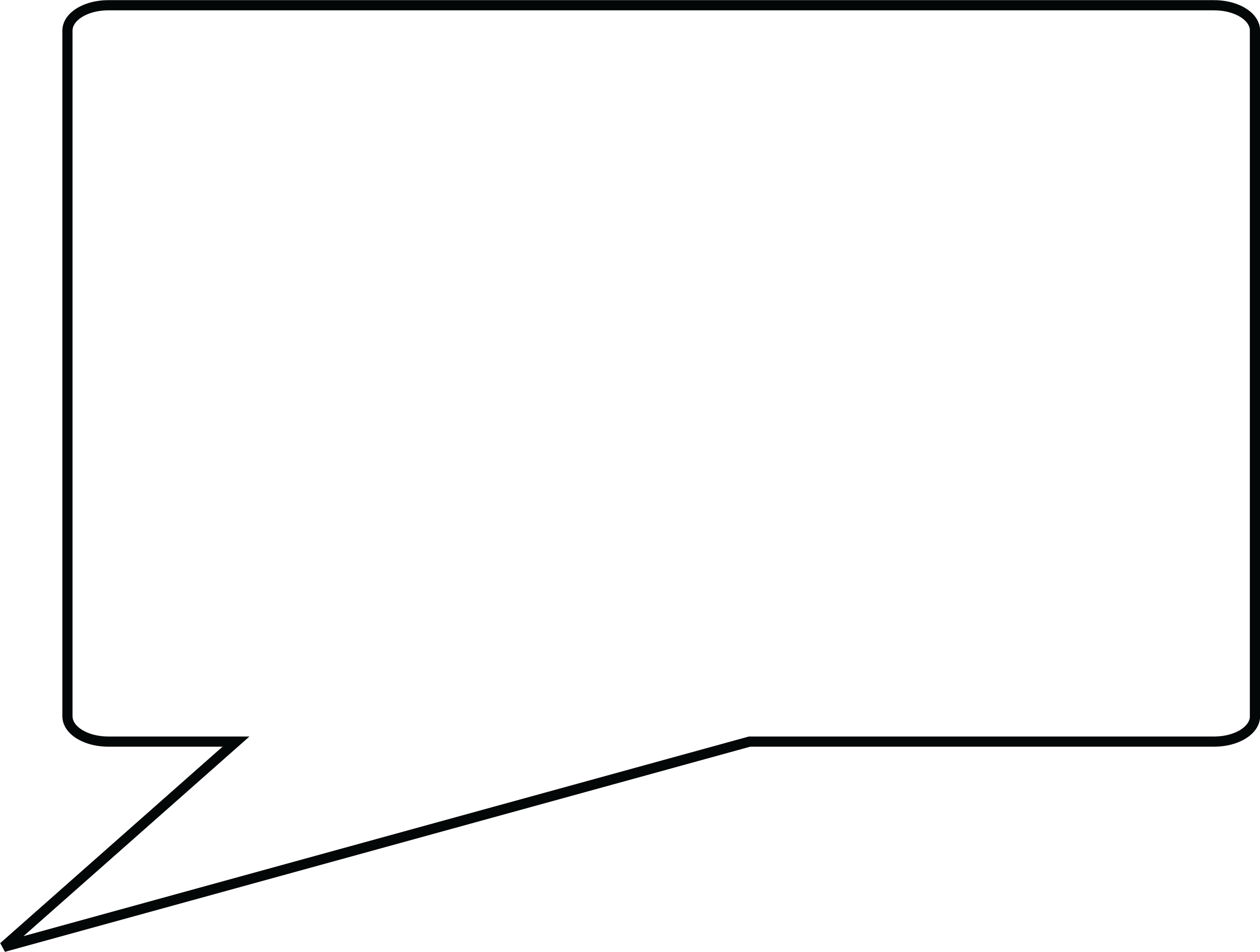
- Dialog maker free code#
- Dialog maker free license#
- Dialog maker free download#
- Dialog maker free free#
script_execute_alt - this was essentially added for neatness.at first declare five lines of text, then later try to have the object declare one line, it'll keep the last four from the first time. This is because a lot of them are arrays, and if you eg. You'll want to call this if you ever want to CHANGE an object's dialogue after you've already declared them. reset_dialogue_defaults - this resets all of the dialogue variables.The obj_textevent will destroy itself as soon as its obj_textbox is destroyed. Instead, this script will create a temporary object, an obj_textevent, that will in turn create the obj_textbox. create_textevent - this is an alternate script for when you want a text event to occur as a once-off, and don't want the obj_textbox to belong to the instance that runs this script.More detail on how this script works below.

This is the script the speaker objects will call.
create_dialogue - when an object runs this script, it will create an obj_textbox object that belongs to it (this will become its myTextbox object), and then hand over all of its dialogue variables (myText, myPortrait, etc.) to that textbox. create_instance_layer - this is another example of a custom script, which will create an instance at a specific layer. change_variable - this is an example of a custom script you could use in the dialogue system. The script serves a very similar function: you would just call: new_array = create_array(entry1, entry2, entr圓). The reason I added this is because while GMS2 lets you declare arrays like: new_array =, you cannot do this in GMS1. create_array - this only comes in the GMS1 file, as IMO it's unnecessary for GMS2. Refer to section "What You Need To Do" -> "customise spr_dialoguefinished" for more information on customising this sprite's location/animation. NOTE: You can use an animated sprite with multiple frames. Dialog maker free free#
Feel free to replace this with your own sprite.
spr_dialoguefinished - this is the sprite that will be drawn when your text is finished spelling out, to let the player know they can proceed to the next page. If you never use emotes, you could delete this. spr_emotes - this is one sprite with multiple frames, each containing a different emote. Again, you can replace this with any sprite you want. spr_portraitframe - this is the "frame" that draws on TOP of all of your character portraits. While you don't need this particular sprite, you'll need some kind of dialogue box sprite. spr_dialoguebox - this is the "box" where the actual dialogue text will appear. Feel free to replace with your own sprite. spr_namebox - this is the "box" where the character name will appear. See the section on using animated portraits for more information. This is used by both the examplechar and playerchar as the "animated" part of their portrait, while they are speaking. spr_portrait_examplechar_mouth - the talking animation for the example character. This is used by both the examplechar and playerchar as the "animated" part of their portrait, while idle (not speaking). spr_portrait_examplechar_idle - the idle animation for the example character. Setup is the same as the spr_portrait_player, just coloured differently. spr_portrait_examplechar - the demo portrait for the example character. (Or you could just have one frame and not use the emotions functionality.) Presumably in your own project, you'll want to set your own art. This has 3 frames that correspond to the "myEmotion" variable you can set when declaring a dialogue line, with a little picture depicting it as neutral, happy, or sad. spr_portrait_player - the demo player portrait. spr_examplechar - a demo sprite for an example character. spr_player - a demo sprite for the player object, in no way essential. This has been in the works for ages! Eventually I want to do a proper tutorial on how it works, but for now, I'll just walk you through what you need to know to get it working. 
Use it for whatever you like (though I'd love to see what you do with it: feel free to on twitter to show me)! I want this to be a free and open-source tool. You do NOT have to credit me to use this asset.

Dialog maker free code#
Also, some of the text effects (wave, colour shift) as well as the code logic I'm using for the effects is from this tutorial by diestware. The character sprites and portraits in the project/previews were made by Buch.
Dialog maker free license#
Unfortunately I don't have a license to upload the GMS1 version!)Ĭlick here to view/download the asset from itch.io.
Dialog maker free download#
You can use this to download the project contents into your own project, rather than simply downloading my demo project. Click here to view/download the asset listing in the GameMaker marketplace.







 0 kommentar(er)
0 kommentar(er)
